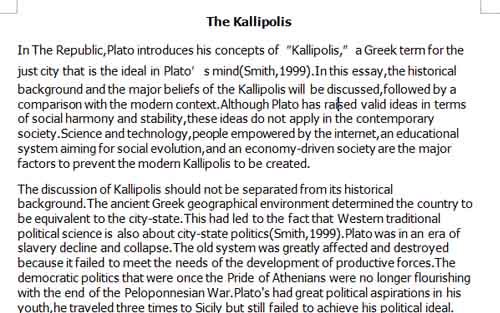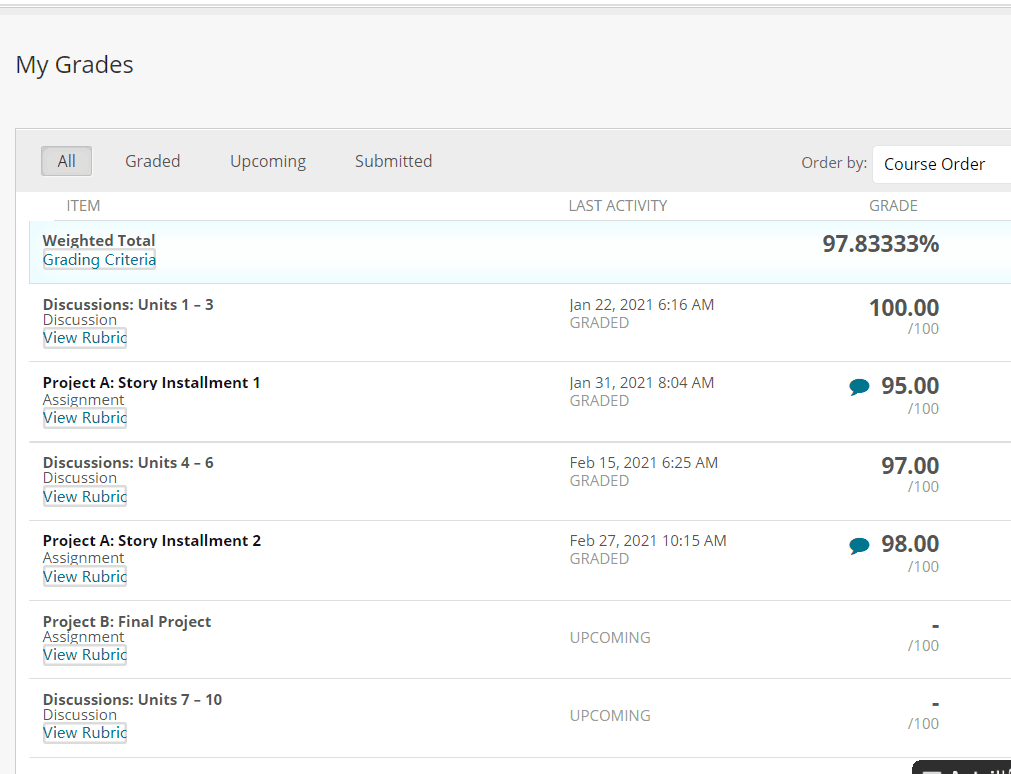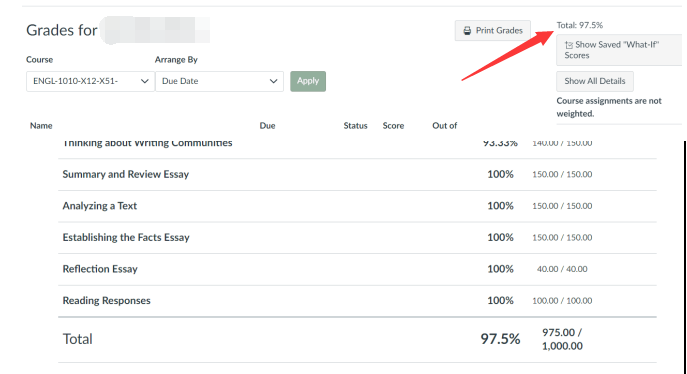本文是一篇Essay代写范文,题目为Should the Working Day Be Shortened to Six Hours for the Sake of Health,本文主要讨论为了健康,工作时间是否应该缩短到六小时。对于大多数工人来说,典型的8小时工作日是常见的。然而,越来越多的证据表明延长工作时间的负面影响。加上美国工人加班的倾向,这些发现强调了审查当前工作实践的必要性。

Should the Working Day Be Shortened to Six Hours for the Sake of Health?
The typical eight-hour working day is common for the majority of workers. However, there is growing evidence on the negative impact of extended working times. Together with US workers’ tendency to work overtime, these findings stress the need to review the current working practice. Currently, there is one alternative, namely, the shift to a six-hour working day. The evidence from studies suggests that such a change would boost workers’ productivity, health condition, and overall life satisfaction.
对于大多数工人来说,典型的8小时工作日是常见的。然而,越来越多的证据表明延长工作时间的负面影响。加上美国工人加班的倾向,这些发现强调了审查当前工作实践的必要性。目前,有一种替代办法,即改为每天工作六小时。来自研究的证据表明,这种变化将提高工人的生产率、健康状况和总体生活满意度。
The eight-hour working day is perceived as the standard in the US. People traditionally work five times a week, which results in forty hours per week. However, these numbers are far from reality for the significant share of workers. For instance, the study by Gallup revealed that the average working time is 47 hours (Saad).
Meanwhile, 21 percent of fully-employed workers spend between 51 and 59 hours at their workplaces, and a staggering 18 percent of employees work more than 60 hours per week (Saad). While this is an incredible example of hard work, studies suggest that such an amount of working time may be dangerous for workers’ health. The U. S. Department of Health and Human Services’ systematic review of scholar studies related to the impact of excessive working time on health revealed that overtime is strongly associated with “poorer perceived general health, increased injury rates, more illnesses, or increased mortality” (27). Meanwhile, extended working shifts from 9 to 12 hours resulted in “feelings of decreased alertness and increased fatigue, lower cognitive function, declines in vigilance on task measures, increased injuries, slower work pace, and deterioration in performance” (27). Hence, the majority of US workers working overtime risk their health. In light of this evidence, the shift to less working hours seems like a necessary change.
Moreover, there are additional advantages of a reduced working week. First of all, the six-hour day results in the more efficient performance of workers. Even though simple logic resists the idea that working less may result in more productivity, the clue here is the actual time of people working. A study conducted among UK office workers found that on average, the productive working time is only 2 hours and 53 minutes. The reason lies in distractions of the office setting and working with the computer, with social media, reading news, and communicating with colleagues being the biggest distractors (Voucher Cloud). Hence, less working time may actualize workers to use their time more efficiently and save the necessary energy for the rest of the day.
Secondly, the advantages of a six-hour working day for health are already evidenced by the scientific community. As far as in 2001, the first long-term empirical experiments explored the impact of the reduced working day on the condition and performance of workers. Scientists found that the experimental group had improved results related to “social factors, sleep quality, mental fatigue, heart/respiratory complaints, and attitude to work hours” (Akerstedt et al. 197). Finally, there is a more recent example from Sweden, where a massive experiment reduced the working time of different employees from eight to six hours, the most notable case concerned nurses. The end of the two-year experiment evidenced a productivity boost, and a decrease of stress and working burnout (Savage). As is seen, the advantages of a six-hour working day are diverse, and they can boost the performance and welfare of workers.
Overall, it is evident that longer working hours are associated with adverse health outcomes. Since the majority of workers tend to work overtime, thereby risking their condition, it is necessary to review the norm of working hours. A six-hour working day is a great alternative, and according to the evidence, it will boost workers’ productivity and improve their mental and physical health condition.
Works Cited
Åkerstedt, Torbjorn, et al. “A 6-Hour Working Day–Effects on Health and Well-Being …” Journal of Human Ergology 30.1-2 (2001): 197-202.
Saad, Lydia. “The ‘40-Hour’ Workweek Is Actually Longer — by Seven Hours.” Gallup, Gallup, Inc., 29 Aug. 2014, news.gallup.com/poll/175286/hour-workweek-actually-longer-seven-hours.aspx.
Savage, Maddy. “What Really Happened When Swedes Tried Six-Hour Days?” BBC News, BBC, 8 Feb. 2017, www.bbc.com/news/business-38843341.
U. S. Department of Health and Human Services. Overtime and Extended Work Shifts: Recent Findings on Illnesses, Injuries, and Health Behaviors. Cincinnati, OH: NIOSH Publications Dissemination, 2004.
Voucher Cloud. “How Many Productive Hours in a Work Day? Just 2 Hours, 23 Minutes …” Voucher Cloud, Invitation Digital Ltd., www.vouchercloud.com/resources/office-worker-productivity.
以上就是本篇Essay代写范文全部内容,欢迎阅读,范文内容和格式仅供留学生参考学习,不得抄袭,如有Essay代写需要,请咨询网站客服。










